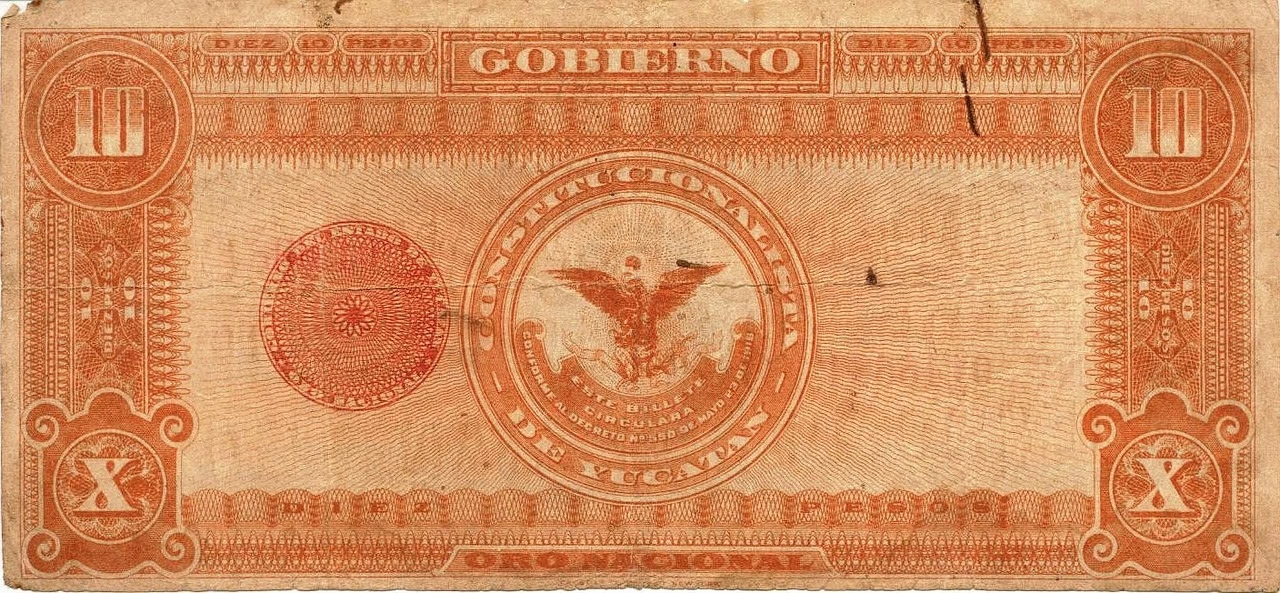Australia’s RBA Kicks Off ‘Project Acacia’ Wholesale CBDC Tr
July 10, 2025 | by Sophia Vance

Project Acacia:
Australia’s Stealth Play for a Programmable Wholesale Future
The Reserve Bank of Australia just hit go on the most ambitious wholesale CBDC experiment in the Southern Hemisphere. Here’s why it matters for markets, policy—and your portfolio.
From Pilot to Reality—What’s on the Table?
July 10, 2025 will be remembered as the day the RBA formally swapped academic musings for boots-on-the-ground experimentation. Branded “Project Acacia,” the six-month initiative green-lights 19 live pilot use cases—settling with real money and real assets—alongside five proof-of-concept trials that simulate edge scenarios. Source: Reuters
In plain English, the RBA is cutting a new groove in wholesale finance. Instead of retail wallets and coffee-shop CBDC chatter, Acacia zeroes in on the pipes that move trillions every day: repo desks, bond registries, syndicated-loan books, and even upcoming carbon-credit markets. Participating names read like a who’s-who of Antipodean finance—CBA, Westpac, ANZ, Northern Trust—plus fintech upstarts such as Zerocap, Imperium Markets, and Fireblocks. Source: RBA
Why Wholesale, Not Retail?
Three reasons. Operational risk in Australia’s RTGS-based settlement remains stubbornly high whenever money has to “hop” between asset ledgers. Cost is still punitive for low-margin fixed-income desks. And cross-border interoperability—especially with Asia-Pacific trading partners—demands a token-native settlement asset that banks already trust.
Retail CBDCs grab headlines, but they also tread on commercial-bank liabilities and raise privacy hackles. The RBA’s wholesale-only posture is a strategic hedge: squeeze efficiency gains out of institutional plumbing first, then decide whether retail distribution is even necessary. It’s a surgeon’s scalpel, not a sledgehammer.
The Technical Stack: Hedera to Corda and Beyond
Acacia is resolutely multi-chain. Hedera Hashgraph brings asynchronous gossip and ABFT speed; Redbelly taps Australian academic cryptography; R3 Corda offers legal-entity-aware smart contracts; and Canvas Connect bridges EVM ecosystems. This polyglot approach prevents vendor lock-in while letting each use case pick the rails that best fit settlement finality, privacy, or compliance demands. Reuters • RBA
Crucially, the same wholesale CBDC will be issued onto multiple ledgers. That is more radical than it sounds: interoperability is no longer a whitepaper chart; it’s a living experiment in liability portability.
Numbers That Matter
DFCRC modelling pegs potential productivity gains at AUD 19 billion a year—roughly 0.9 % of Australia’s GDP—once tokenised asset rails reach scale. RBA Even if Acacia captures only a third of that prize, we’re talking about an annual uplift bigger than the entire after-tax profit of some mid-tier Aussie banks.
Timeline? Testing wraps by January 2026, with a public report due in Q1 2026. Reuters That’s lightning speed in central-bank land—roughly half the gestation time of Project Rosalind (BoE/BOI) or Singapore’s Project Guardian.
Implications for Investors
1. Bank Deposit Tokens Go Mainstream. Acacia blesses commercially issued deposit tokens as legitimate settlement assets. Expect a wave of AUD-linked “inside-money” stablecoins from Australia’s Big Four. The carry trade on those tokens—versus overnight cash parked at 4.35 %—could become a new profit centre for treasurers.
2. Fixed-Income Desks Get a New Playbook. Bond tokenisation slashes settlement from T+2 to near-instant on-ledger. That frees up collateral, cuts margin calls, and—critically—shrinks VaR calculations for capital-intensive desks. Portfolio managers who ignore the drift toward programmable bonds risk higher funding costs within two years.
3. Carbon Credits Find Real Liquidity. Australia is a top-five exporter of LNG and a net-buyer of compliance offsets. Tokenised carbon credits that can settle in wholesale CBDC create a transparent audit trail—music to the ears of ESG-constrained allocators. Watch for liquidity premiums on fully verifiable Aussie offsets.
The Global Chessboard
While the Fed dithers on pilot scale and the ECB stares down privacy politics, Australia is executing a classic middle-power gambit: move fast in a niche (wholesale settlement) and then export the blueprint. Success would let Canberra pitch an interoperable AUD module into cross-border mBridge corridors or BIS’s Project Nexus. That, in turn, drags offshore liquidity into Australian sovereign markets—the ultimate soft-power dividend.
Risks Worth Tracking
Regulatory Fragmentation — ASIC’s sandbox exemption is temporary. If lawmakers balk at full-scale rollout, pilots could stall at proof-of-concept, leaving industry in limbo.
Cyber-Resilience — Multi-chain issuance multiplies the attack surface. The RBA must demonstrate bulletproof key management and consensus fault-tolerance across heterogeneous ledgers.
Liquidity Silos — If each dealer bank issues its own deposit token without common standards, we swap today’s settlement frictions for tomorrow’s token alleyways. Interoperable identity and messaging layers are non-negotiable.
The Bottom Line
Project Acacia is more than another CBDC demo. It’s a litmus test for whether central banks can co-create infrastructure with industry, instead of imposing it. If the RBA proves that tokenised bonds, receivables, and carbon credits can interoperate with a wholesale CBDC at scale, expect the model to hopscotch into New Zealand, Singapore, and—yes—the Fed’s wholesale corridors.
So keep Acacia on your radar. In six months, the conversation around CBDCs might pivot from “Will we?” to “How fast can we?”—and the smart capital will be positioned well before the report hits Martin Place.

RELATED POSTS
View all



